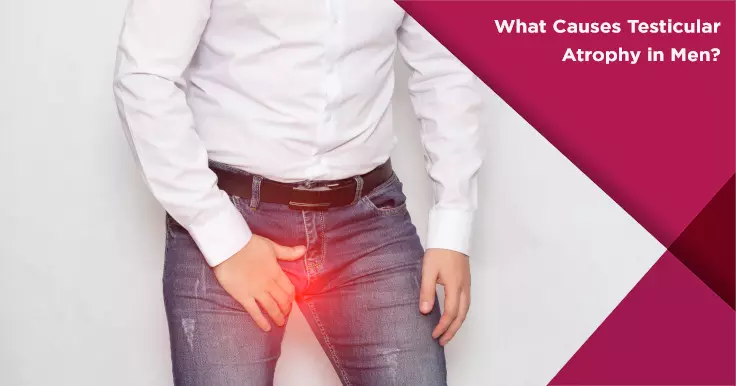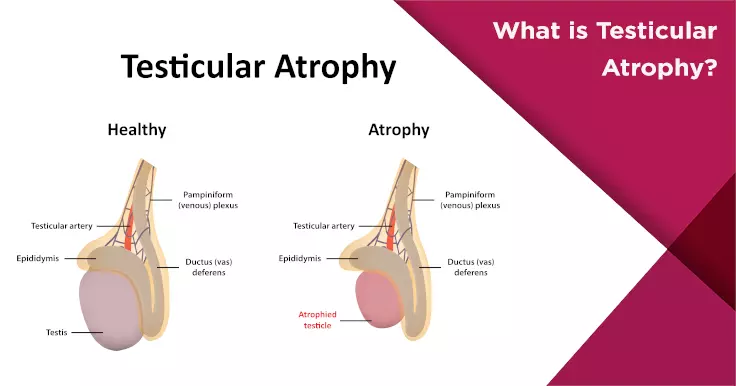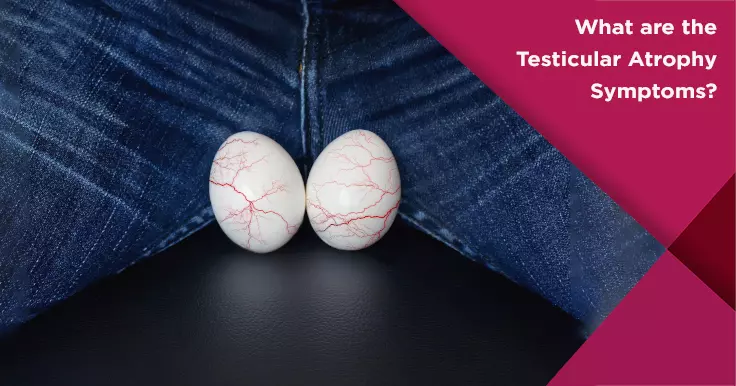Causes of Testicular Atrophy in Men

The male reproductive organs are known as the testes. Men have two similarly sized testicles contained inside the scrotum. The scrotum helps regulate temperature around the testicles by relaxing as a response to heat and shrinking in the cold. This can make your testicles feel bigger or smaller than normal at times. However, sometimes the testicles themselves may shrink. This is known as testicular atrophy.
What Causes Testicular Atrophy
This is typically caused by orchitis or inflammation of the testicles. Orchitis may be categorized as viral orchitis or bacterial orchitis. Viral orchitis is usually the result of a mumps infection while bacterial orchitis may be the result of a sexually transmitted infection like chlamydia or gonorrhoea.
Other factors associated with testicular atrophy are:
- Age - With age, testosterone levels may reduce thereby leading to testicular atrophy.
- Varicoceles - This condition refers to varicose veins that are located around the testicles. These inflamed veins can damage the sperm producing tubes and make the testicle smaller than normal.
- Testicular torsion - Sometimes a testicle can rotate or twist itself around the spermatic cord. The spermatic cord carries blood to and from the scrotum. If the cord is twisted, blood flow may be reduced causing swelling in the testicles. If not treated immediately, it may cause permanent damage.
- TRT - The Testosterone Replacement Therapy (TRT) can affect the production and release of GnRH (Gonadotropin-Releasing Hormone). In the absence of this hormone, the pituitary gland will not be able to produce enough LH (Luteinizing Hormone). Deprived of LH, the testicles cannot produce enough testosterone and hence the testicles may become smaller.
- Use of Anabolic steroids or estrogen - These hormones and steroids affect hormone production is the same way as TRT.
- Alcohol abuse - Excessive consumption of alcohol can reduce testosterone production and cause testicular tissue damage. This can some time cause testicular atrophy.
 Infertility Counselling
Infertility Counselling Female Infertility Treatment
Female Infertility Treatment Andrology Treatment
Andrology Treatment Fertility Enhancing Surgeries - Female
Fertility Enhancing Surgeries - Female Fertility Enhancing Surgeries - Male
Fertility Enhancing Surgeries - Male Endoscopy Treatment
Endoscopy Treatment IUI Treatment
IUI Treatment IVF Treatment
IVF Treatment ICSI Treatment
ICSI Treatment Advanced IVF Solutions
Advanced IVF Solutions Embryology
Embryology Vitrification Egg, Embryo, Sperm Freezing
Vitrification Egg, Embryo, Sperm Freezing Preimplantation Genetic Testing (PGT)
Preimplantation Genetic Testing (PGT) Donation Program Embryo / Egg / Sperm
Donation Program Embryo / Egg / Sperm Self-cycleTM IVF
Self-cycleTM IVF

 Self-cycleTM IVF
Self-cycleTM IVF










